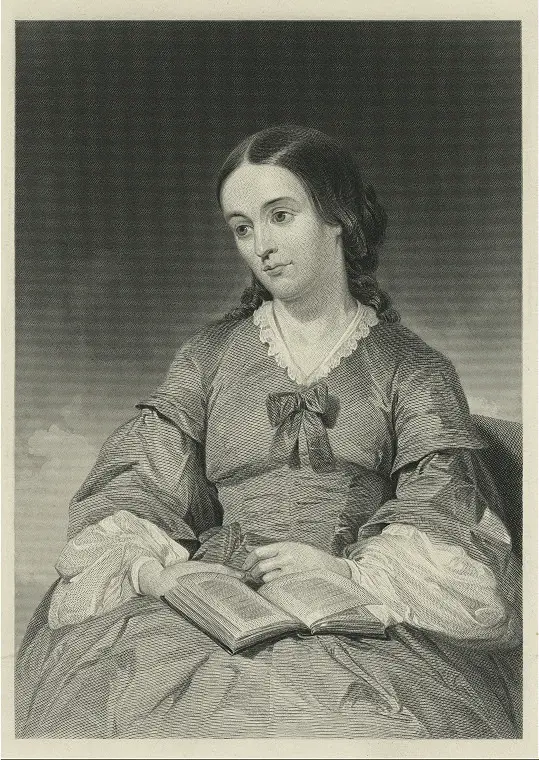Women’s Rights and Equality
Women’s Rights and Equality 1800s
Until the Second Great Awakening in the 1830s, women were responsible for morality in the home, at church, and in the community. During the Second Great Awakening, women supported the Abolition Movement in freeing the slaves. They also realized that many of their problems were like slaves. Women had very few rights. They could not vote, own property, enter a business, and depending on their husband’s wishes.
Women’s Rights and Equality 1800s Facts
- The Women’s Rights and Equality Movement started during the Second Great Awakening.
- Women’s Rights and Equality supporters were mainly part of the Abolition Movement.
- Sarah Margaret Fuller helped to bring feminism to the forefront. She was the editor of The Dial,which was the major publication for the Transcendental Club in the 1850s.

- The first organized convention for women’s rights and equality was called the Seneca Falls Convention. The convention was held in Seneca, New York, and organized by Elizabeth Cady Stanton, Susan B. Anthony, and Lucretia Mott.
- Over 100 attendees at the Seneca Falls Convention signed the Declaration of Sentiments and Grievances. The declaration set forth the grievances of women and their right to equality to men.
- The National Woman Suffrage Association was formed by Susan B. Anthony and Elizabeth Cady Stanton. The organization lobbied the federal government for women’s rights and equality.
- The American Woman Suffrage Association was formed by Lucy Stone and her husband, Henry Brown Blackwell. The organization lobbied state and local governments for women’s rights and equality.
- In 1869, the Wyoming Territory became the first place in the United States to give women the right to vote. The state demanded that women have the right to vote before becoming a new state of the Union in 1890.
- In 1893, Colorado adopted an amendment that gave women voting rights. Utah and Idaho followed in 1896.
Early years
Women in the northern states were involved in the Abolition Movement as earlier as the 1830s. The first organized convention for women’s rights and suffrage was organized by Elizabeth Cady Stanton, Susan B. Anthony, and Lucretia Mott in 1848. The Seneca Falls Convention held in Seneca, New York, was attended by over 300 women. The women expressed their views towards a series of complaints from employment and education to voting and running for political office to owning property and businesses.
The second day of the Seneca Falls Convention included 100 women signing a document named the Declaration of Sentiments and Grievances. The declaration was written by Stanton, who fashioned the document after the Declaration of Independence. The declaration set forth the principles for the movement toward suffrage.
Emancipation Proclamation
Many of the women that were involved in the Women’s Rights and Equality Movement were involved in the Abolition Movement. After President Lincoln signed the Emancipation Proclamation, these women questioned why they were not set free of men. When the 15th amendment was ratified, the women were happy that the amendment allowed voting rights for black males. But the women were also dismayed that the amendment did not include women’s rights to vote too.
Stanton and Susan B. Anthony formed the National Woman Suffrage Association (NWSA). In 1870 the organization set a letter signed by 90 women to both bodies of Congress seeking that women be included in the amendment. They also wanted to speak in front of Congress. Congress denied their request.
Another direction
Besides the NWSA, there was the American Woman Suffrage Association (AWSA) founded by Lucy Stone and her husband, Henry Brown Blackwell. Their movement also supported the 15th amendment for black males. They did not think the amendment would pass if women were included. They sought a fresh course of action. The AWSA lobbied specific state governments for a woman’s right to vote. The group believed that if they could get enough state and local governments to furnish women the right to vote that the federal government would follow.
The two groups merged in 1894 to form the National American Women Suffrage Association. The new group was led by Susan B. Anthony.
Tiny steps
As early as 1869, the newly formed Wyoming Territory gave women the right to vote. When Wyoming was asked to join the Union as a state, they agreed only if women had the right to vote. In 1890, Wyoming joined the Union as a state, with women having the right to vote. In 1893, another state named Colorado passed a state amendment giving women the right to vote. From here on going forward, many states like Utah and Idaho gave women the right to vote before the turn of the century.
Questions
1. What was the first convention named held by women to support voting and equal rights for women?
Seneca Falls Convention
2. Susan B. Anthony and Elizabeth Cady Stanton started which organization to further women’s rights and equality?
National Woman Suffrage Association
3. What was the first territory to give women the right to vote?
Wyoming Territory
4. Which two people started the American Woman Suffrage Association?
Lucy Stone and Henry Brown Blackwell
5. What was the name of the document signed by over 100 women at the Seneca Falls Convention?
The Declaration of Sentiments and Grievances



